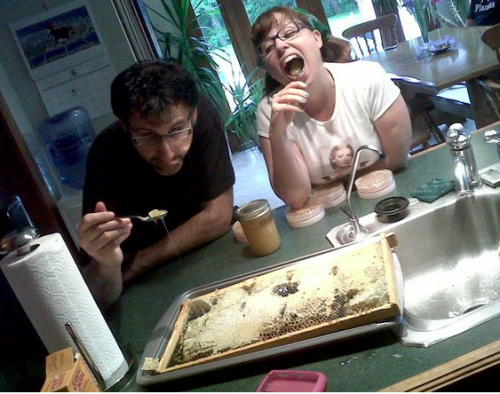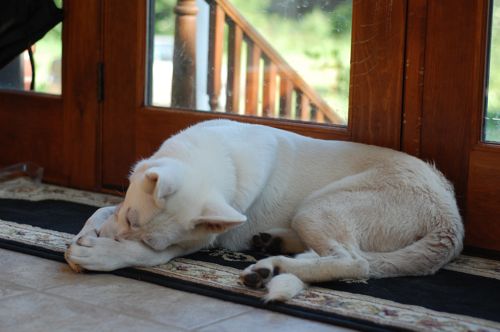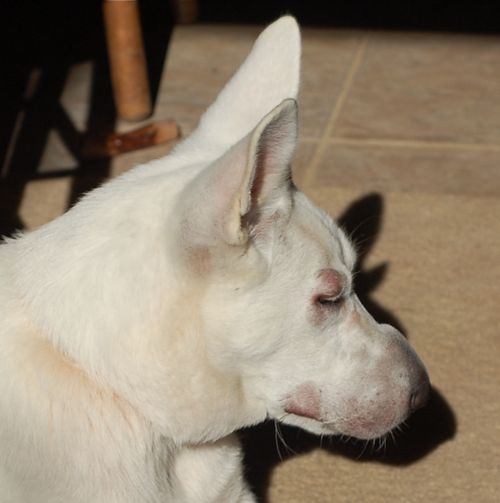The Internet is a weird and wonderful place. You Tube especially. You Tube appears to be the place to find the extremes of the human condition. You can find the best in people and laugh along with Double Rainbow Guy, Trololo Man, Baby Porcupine Eating Banana with Hiccups and where would be without Maru the box stalking cat?
But YouTube has a dark side and sometimes the darker side of humanity can be found there too. Many of us have stumbled upon it accidentally. For me, it's innocently looking up rabbit videos and then the next thing you see in the suggested videos are people feeding live rabbits to their pet snake (who laugh about it). But it even gets darker.
Several months back, Mike McDowell brought to my attention that there were several videos of people shooting birds--not duck hunting, but people (kids and adults alike) shooting swallows, woodpeckers, herons, brown thrashers, cardinals--you name it. Then putting the videos on YouTube. Mike expressed his frustration that YouTube would not take the videos down, even though they were in blatant violation of federal law.
The idea of blogging this was kicked around and I suggested that we wait. Perhaps US Fish and Wildlife was doing an investigation and if we blogged it, the people might take down their videos and interfere with the legal process. Mike had even tried asking YouTube to remove the videos since they showed blatant illegal activity, but YouTube ignored his flagging.
I sent some emails to US Fish and Wildlife along with links (follow the links at your own risk) to videos including a video of a kid shooting what appears to be cliff swallows (documented by his dad), a video of a someone shooting a mockingbird, a video of someone shooting a yellow-rumped warbler. This is just the tip of the iceberg. If you have the stomach for it, you can easily find more. Including birds that have been shot and the person asking what they are because they don't know that they've shot white-throated sparrows (and given the wrong id information about the birds in the comment section).
Here was the answer I received from US Fish and Wildlife:
"Two of the three, and possibly all three of these videos show only evidence of children shooting birds. The Federal government does not prosecute juveniles, except for the most heinous of crimes. Lot's of these types videos floating around the web and not enough agents. Took us several months and hundreds of investigative hours (including numerous interrogations and lab work) to catch the whooping crane shooter, only to discover DOJ would not prosecute the juvenile shooter (he was 17). Some of our agents do pursue these types of investigations when time allows. Thanks for passing along."
Wow, who knew they found the whooping crane shooter? All I ever saw was the reward going up and up, never heard anyone was apprehended. Guess because it was a juvenile, they wanted to keep it on the down low. But shouldn't a juvenile get some some sort of consequences?
The response read to me that the enforcement employee was just as frustrated as I am. They know there is a problem, there's not enough man power to deal with the Internet and even if they could, kids would be ignored.
So, what can we do? I don't think leaving comments on the videos telling them they are illegal jerks (or whatever profanity you choose) for posting this will do anything but reinforce the behavior.
I do think if YouTube got more flagging and complaints about these videos, they might be more willing to remove them quickly.
I do not think blaming US Fish and Wildlife agents is the answer either. They have a tremendous job as it is. They would like to do more, but by the above response, their hands are tied, regardless of what the federal law states.
But I think a deeper problem exists here. We hear lots of complaints about the kids not spending enough time in the outdoors and here we have several kids outdoors but not seeing the value wildlife other than being moving, noisy targets.
I think if anything, this is one of those opportunities where hunters and birders need to work together. I know many birders don't want anything to do with hunting, but true hunters do not condone wanton shooting of any living creature. These kids need a good and responsible hunting role model and someone who won't judge them for hunting yet can show them the value of going out in the woods and enjoying birds in a different way.
What else can we do to stop this problem and help US Fish and Wildlife?
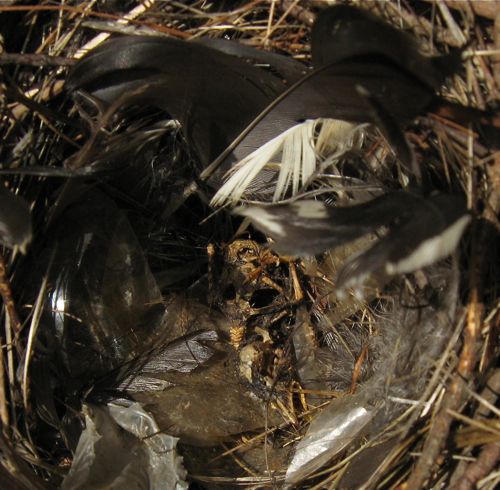
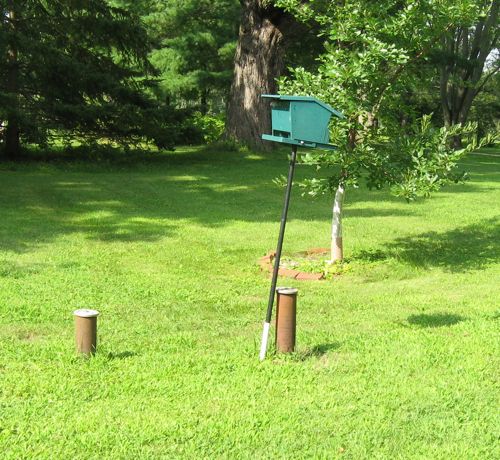
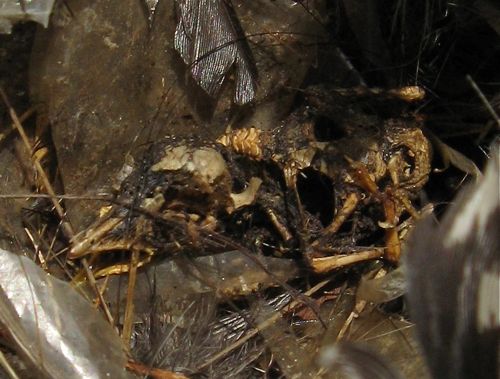

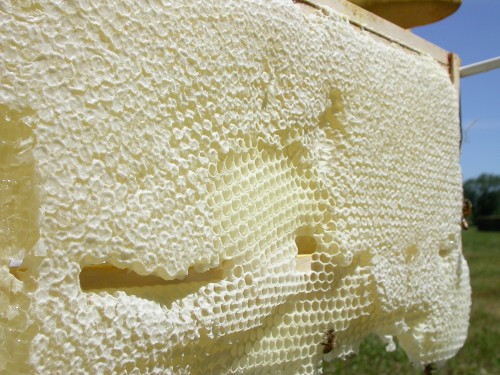 It's that special time of year when
It's that special time of year when